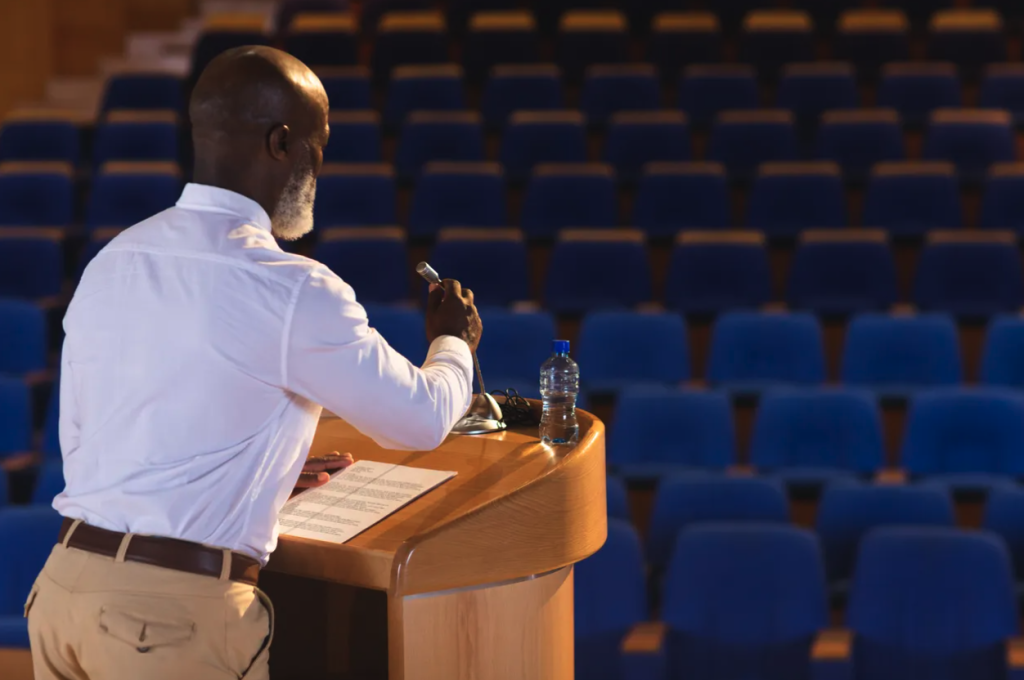Speakers' Corner

Three decades of coaching experience and a career in broadcast news inform PJ Coë’s approach to working with speakers in a variety of business settings to build competence and confidence.
PJ specializes in personal coaching for senior leaders and rising stars, and clients include some of the biggest names in drug development, consulting, and scientific discovery.
Below is a selection of PJ’s recent work, reflecting the speaking challenges overcome by his coaching clients, as well as by PJ himself in his career as an author, speaker and broadcast presenter.
Testimonials


For speaker coaching and writing commissions, please email PJ at: pj@pjcoe.com

Fear of public speaking is natural
Stepping up your performance in front of new and larger audiences is something for which everyone needs a warm-up. It’s not just the intellectual challenge of facing something new. There’s a significant physiological, even visceral component to it too. It’s not just the intellectual challenge of facing something new. But pep pills aren’t usually the answer. So, what is?

Warming up
Good speakers often have elaborate pre-performance routines that go well beyond rehearsals of the words they’ll be delivering on stage. The best routines include three key components: relaxation, breathing, and vocal exercises. If you’re not preparing this way already, devise a routine based on variations of these three things – and you will hugely improve your delivery.

Visual aids. The speaker’s friend, and curse
Many talks and presentations in modern business rely heavily on the slide deck as the principal means of communication. But what visuals don’t do is make the new or under-confident presenter a better speaker. That’s because confidence relies on competence, and competence grows through practice.
But what sort of practice, and how should we get it?